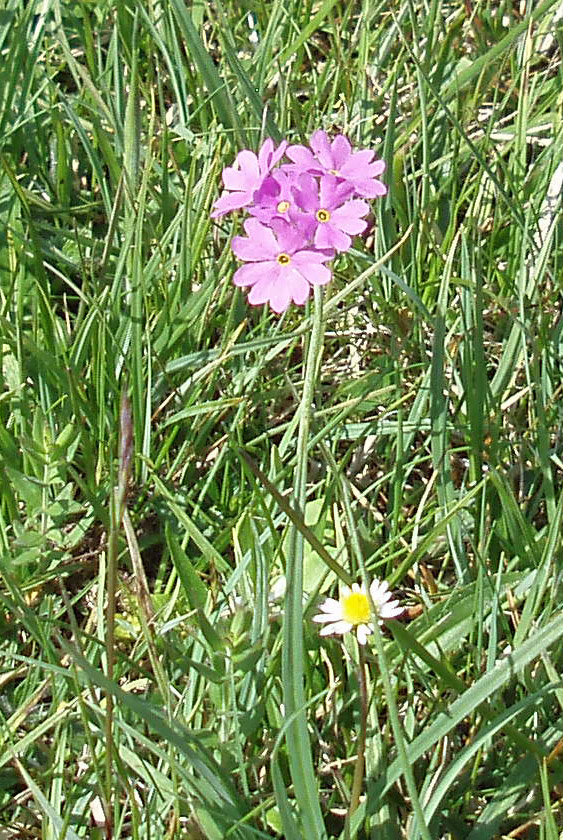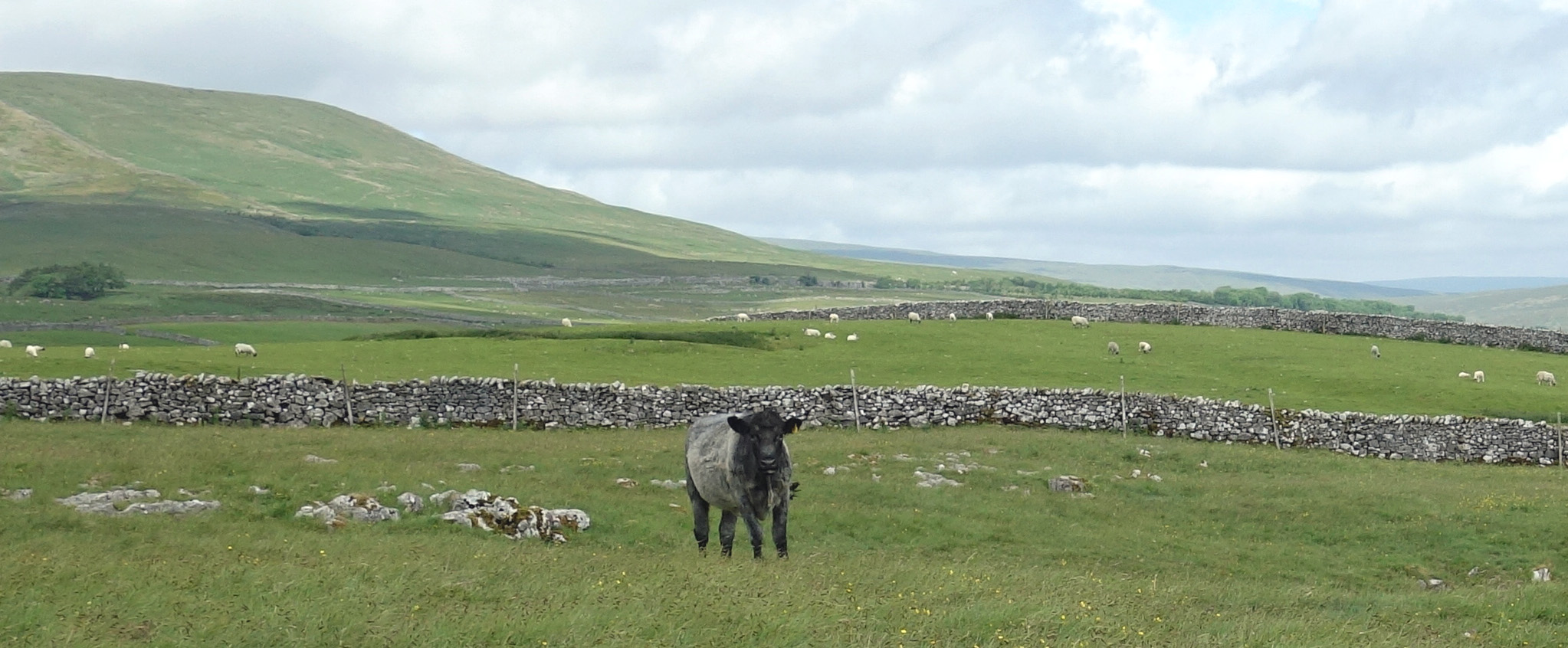
Home
Preamble
Index
Areas
Map
References
Me
Drakkar
Saunterings: Walking in North-West England
Saunterings is a set of reflections based upon walks around the counties of Cumbria, Lancashire and
North Yorkshire in North-West England
(as defined in the Preamble).
Here is a list of all Saunterings so far.
If you'd like to give a comment, correction or update (all are very welcome) or to
be notified by email when a new item is posted - please send an email to johnselfdrakkar@gmail.com.
16. The Wildflowers of Sulber

It must be frustrating being a botanist, not being able to stride out on a long walk, head up, admiring the scenery. Botanists
must be forever focussed on the flora underfoot. It must be even more frustrating if there is little
flora to see. Having got rid of nearly all our meadows, removed many hedges, and converted our hills into monocultures
suitable only for sheep or grouse, we havenít left much space for wildflowers. It is not a problem for me on my saunters
because my knowledge of flora is so scanty that I rarely feel the need to investigate it. However, I made an exception on
this short walk. We set out with the main objective of finding a birdís-eye primrose.
The Ingleborough
National Nature Reserve is an area of over 1,000 hectares around Ingleborough managed by Natural England. The leaflet
describing the Sulber part of the Reserve mentions a number of plants and flowers: purple-flowered heather, pink-flowered
cross-leaved heath, juniper, common butterwort, the white flowered grass of Parnassus, wild thyme, salad burnet, birdís-foot
trefoil, fairy flax, rock-rose, many types of fern within the limestone crevices, as well as the birdís-eye primrose.
That is too many for novices so we focussed upon the birdís-eye primrose, a particularly fine-looking
and (we hoped) distinctive flower that is relatively rare in the region. It is found almost exclusively on damp grassy,
stony or peaty ground on limestone in the northern Pennines and the Lake District. We set off hoping that it would be
found by us.
I have just discovered that, unbeknownst to me, I had taken two photographs of birdís-eye primrose in the past,
one above Bannisdale in the Shap Fells and the other on Orton Scar (shown above).
It is a delicate, pink-purple flower that must have caught my eye, without me knowing what it was or
bothering to look it up in the flower books, until now.
We entered the reserve above Beecroft Hall, ignoring the turquoise pond and the noise of the quarry and instead
admiring the view of Pen-y-ghent behind and of limestone terraces ahead. As we walked along Sulber Nick we noted the
buttercups and many other yellow flowers that werenít. Some of these, on closer inspection, we identified as rock-rose
and birdís-foot trefoil. Ingleborough came into view ahead. We then tackled our main objective by walking north along
the bridleway to Borrins where, in the flushes below the bridleway where lime-rich water seeps from the rock, the leaflet
promised us the birdís-eye primrose.

Pen-y-ghent from Sulber

Ingleborough from Sulber
However, we did not find any birdís-eye primrose. Maybe it had all finished flowering after our hot May. Maybe it was
there but we just missed it. Maybe itís not there at all. Maybe the cattle had eaten it all. (Natural England
emphasises that the reintroduction of hardy native cattle breeds helps the wildflowers but I donít know why the cows
should be so considerate as to avoid the birdís-eye primrose.) We were a little disappointed but we still had a breezy,
brisk walk-out in fine limestone scenery. A real botanist would be frustrated not to see what they hoped
and expected to.

Date: June 18th 2018
Start: SD807726, Horton-in-Ribblesdale car park (Map: OL2)
Route: W over railway line, NW, N through Sulber Nick Ė Pennine Bridleway Ė N Ė Borrins Ė
S Ė South House Ė S, SE Ė Horton-in-Ribblesdale
Distance: 5 miles; Ascent: 155 metres
Home
Preamble
Index
Areas
Map
References
Me
Drakkar
© John Self, Drakkar Press, 2018-

Top photo: The western Howgills from Dillicar;
Bottom photo: Blencathra from Great Mell Fell






